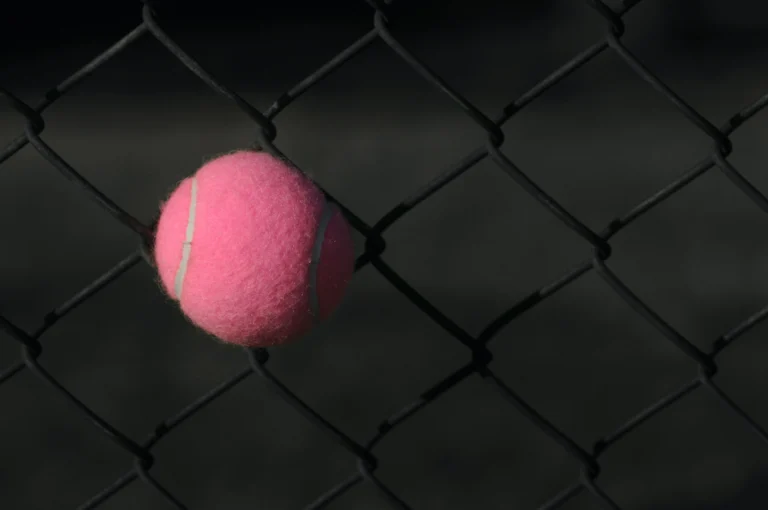Breath.
It’s something you can be aware of or turn over to your autonomic nervous system, which is linked directly into your survival instinct, and your body just . . . well, knows how to breathe. So you don’t have to think about it or put your attention directly on it. It just happens by the fact of your existence.
The natural rhythm of your breath can be foreshortened for any number of reasons, to the point where you barely breathe. It may have become habitual to abbreviate the depth of your breathing. Or certain life events and your perception of these events unconsciously triggers an all too familiar adaptive breathing response, one where your breathing becomes more rapid and shallower—sometimes even to the point of stopping entirely for a few moments.
Often whether you’re aware of the basis of these kinds of reactions or not, most likely they will have their source in your body memory, seeded by instinctual and visceral reactions to an earlier overwhelming experience. Even if you don’t remember, your body remembers.
There are a number of methodologies that can be applied to the more troublesome and problematic adaptions to traumatic experiences and there’s no one royal road to healing. You’ll never be a completely healed human being anyway. There is no such thing, so it’s best to get over it and keep trying to be the best human being that you can. What helps along the way is a dedication to healing those earlier wounds, to clearing out the garbage that no longer belongs, that has impeded the expression of your True Self.
Over the years that I’ve done psychotherapy, hypnosis, and shamanic healing, there is one component that threads through not only these but other healing practices as well: conscious attention to the breath. Yet it seems that in our modern culture, we have taught ourselves to breathe shallow, with little or no focused attention. After all, why bother? As long as you’re alive 
Having trained in and practiced a discipline called Vivation® and participated in several Holotropic Breathwork™ sessions, I’ve been prompted to offer a Shamanic Breathwork class as well as in private sessions. The common thread with all three of these (as well as other disciplines) is they employ Conscious Connected Breathing (CCB). It’s a breathing pattern where you continuously connect your inhale and exhale with no pause in between. The pace of your breathing will correspond to whatever emotional or spiritual intensities you’re experiencing. These intensities come in waves, and ideally the breathing pattern and pace and will fluctuate in sync with these waves
Michael Brown in The Presence Process suggests that CCB is an integral aspect of being fully Present in any given moment. He’s not suggesting we do a full 90 minutes, but instead 15 minutes in the morning and 15 minutes in the evening. I’ve been experimenting with this pattern in my evening walks with our dog, Sampson. We generally walk a little later in the evening around our neighborhood, so we don’t run into others very often.
So far I’ve discovered two things: First, I can be very distractible. Once I got the first few minutes down then it was easier to track, but it took me a bit to settle into it. Second, there truly was an experience of being fully present. That Presence where you don’t even think, “Oh, I’m present.” Because if you do, you’re back into the more familiar frame where the ego mind takes over and you start thinking again, rather than feeling what’s going in your body through your senses and your emotions.
Here’s an exercise to try. First, do 3, then 4, then 5 minutes of Conscious Connected Breathing. You can do it sitting, walking, lying down. It’s really quite simple and mainly requires focus. Do your best to eliminate any gap between your inhalation and exhalation. Try to keep it as one continuous flow. See what you experience, particularly after you’ve tried it a couple times. Increase the length of time and number of times you do it each day or week. If you’re moved to do so, go to a workshop where this pattern is employed and try it for a full session of one and a half to two hours.
Most of all enjoy the fact that if you’re reading this you are alive and still breathing!
Additional Resources on Breathwork:
- Gaia – Stanislav Grof And His Famous Holotropic Breathwork (also has a good video with one of the founders of holotropic breathwork)
- Mind Body Green – The Science Behind Breathwork + 5 Benefits Of The Practice
- Scientific American – Proper Breathing Brings Better Health
- Harvard Health Publishing – Relaxation techniques: Breath control helps quell errant stress response
- Harvard Business Review – Research: Why Breathing Is So Effective at Reducing Stress




Responses